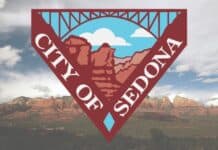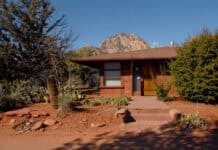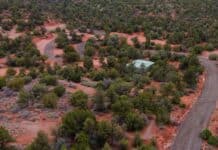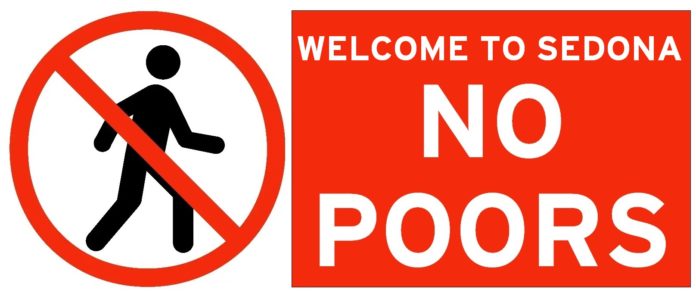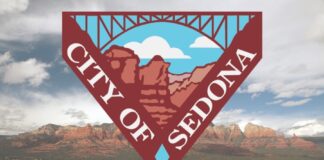We see warnings that tourism and its related tax revenue are down across the Verde Valley and are expected to decline further through the end of this year, throughout 2023 and likely into 2024.
This drop is karmic punishment — in the Sedona-style parlance of our times — for the steep uptick in sales tax revenue we enjoyed during the COVID-19 pandemic of 2020 and 2021 when Americans fled cities to avoid both the disease and lockdowns.
They came to red states like Arizona and rural areas like ours not just to enjoy the outdoors, but also because of our far less-restrictive lockdowns than in blue parts of the country. As Sedona is both pretty and within two hours of a major international airport, we were quite appealing to Americans who could not travel overseas during the pandemic yet still wanted a vacation.
We made gobs of cash. Sedona’s revenue rose from an astonishing $65 million to more than $110 million in this fiscal year. Accordingly, because Sedona City Council has always lacked foresight and long-term vision, council members spent willy-nilly on capital improvements and other projects that the next council won’t have the money to continue in future years.
Council also signed off on projects that have vastly increased in price — such as the Uptown parking garage, which ballooned from $9 million a few years ago to $11 million to $18 million now even though the design has not gotten “$9 million” better.
If any residents believe the city of Sedona can build this garage for less than $18 million when it’s eventually completed, you owe me the difference. It’s still just a concrete structure to hold tourists’ cars while they shop.
Council is also spending money on aesthetic projects that don’t really do much to improve the city for all. Shared-use paths are nice in theory, but it’s unclear why they are part of the “Sedona in Motion” program when they help zero cars get “in motion.”
Funds earmarked for SIM should be spent on traffic mitigation, new roads and other means to improve traffic flow, such as short roads for neighborhood connections, not on little-used aesthetic projects.
Sidewalks exist to protect pedestrians from heavy vehicle traffic by providing an elevated barrier against collisions. Building sidewalks in quiet neighborhoods seems unnecessary — and making sidewalks that only a few people regularly use 12 feet wide is overkill.
It is also inexplicable that the Sedona City Council would build a shuttle system exclusively to take tourists from a parking lot, down a busy highway, to a trailhead, and back down the crowded highway — but Sedona City Council members’ next-door neighbors and wealthy NIMBYs are the squeaky wheels who get rewarded for their agitation when elected leaders are spineless.
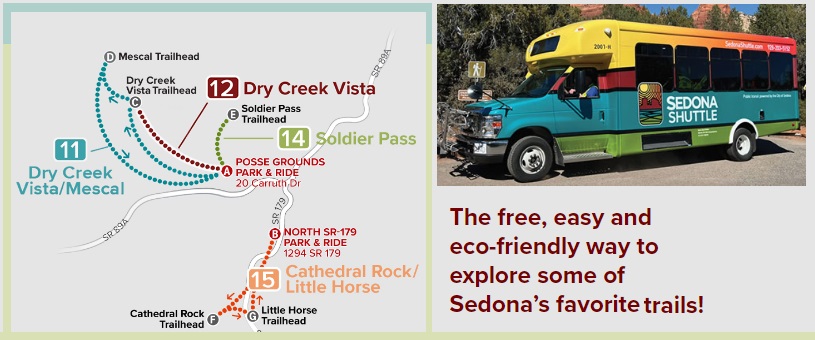
Workers in Harmony Hills or Grasshopper Flats living paycheck to paycheck can’t afford to go to soirées at private ranches in Oak Creek Canyon or luncheons at resorts on weekdays, so they get ignored. “Welcome to Sedona, unless you’re poor,” our sign should read.
Blocking public roads with city-paid attendants and building an underused bus system only satisfies very wealthy residents in adjacent neighborhoods, and is predicated on the false belief that the influx of tourists we saw during COVID-19 will be here forever.
Meanwhile, renters, poor retirees, workers and families can’t afford to buy — or, um, “lobby” — council members to regain access to the roads connecting them to the public lands that they once enjoyed.
Visitation models predict tourism will be dropping off steeply in the next two years, rendering these tourist cattle cars useless. Their related revenue will also dry up. Meanwhile, Sedona urgently needs public transportation for workers and residents — a Sedona worker living in the Chapel area still has no public transportation to get to work in Uptown.
The new City Council will have to decide whether to keep running the Sedona Shuttle or kill it like the Sedona Roadrunner trolley a decade ago, or nix the tourist bus program and instead repurpose the buses to take actual Sedona residents to their actual jobs, where they can earn a living — the reason why they moved here.
Tourists pay 78% of our sales taxes, but council should be serving our residents first, 100% of the time.
Christopher Fox Graham
Managing Editor




